The experts at Tile Pro have more than 20 years of remodeling experience and can transform your kitchen or bathroom in no time. Our team can work with your designer or contractor – or we can help you with the design and tackle the project from start to finish.
At Tile Pro, we’re inspired by helping families beautify their homes. Let us help beautify yours!
119 S. 11th St.
Quincy, IL 62301
Showroom Hours
8:30 a.m. to 5 p.m. Monday-Friday
9 a.m. to noon Saturday
Contact Us
Contact Us
We will get back to you as soon as possible.
Please try again later.
Ever Wonder How Tile is Made?
Ever Wonder How Tile is Made?
At the onset, tiles were made by hand. Wet clay was shaped, sometimes with a wooden mold, and then left to dry in the sun or fired in a small brick kiln. While a handful of artisans still craft tiles by hand, most ceramic tiles now go through a process called “dry pressing” or “dust pressing.” This requires far less labor and time.
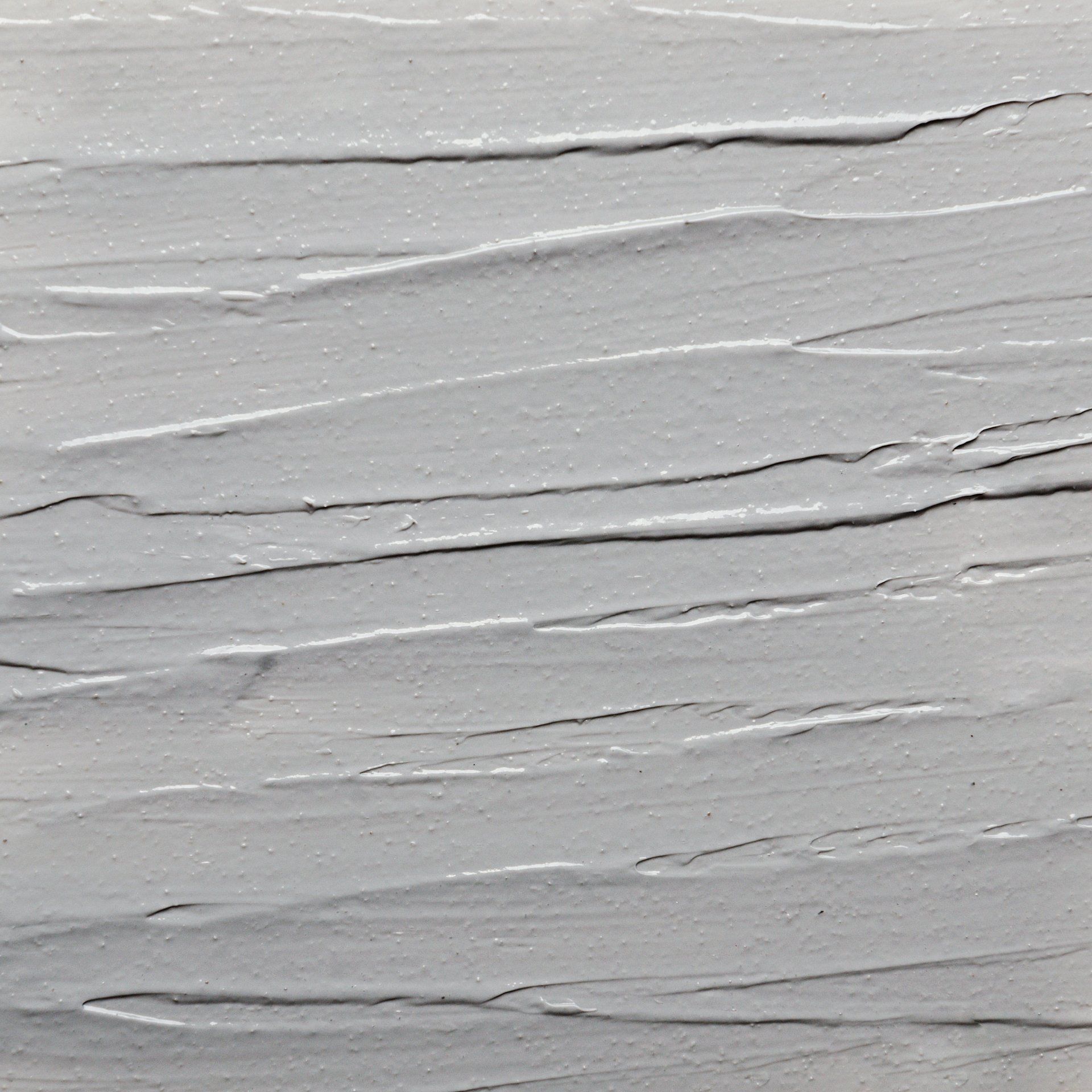
Drying
Everything in the final product is a natural product. Clay is typically the main ingredient, along with things like sand, feldspar, quartz and water. The ingredients are mixed and ground up into a ball mill to create what’s known as the “body slip.” Body slip is used to differentiate the body of the tile from its glazed topping.
At this point, the body slip contains about 30% water. The moisture helps adhere the ingredients to each other, but as soon as its job is done, it’s gone. To accomplish this, the body slip is put into a dryer and heated; the moisture content is then reduced to about 6%. After drying out, the body slip basically becomes dust. The dust is placed into a large press. The press pushes the dust into a set size and shape with a force ranging from a few hundred pounds per square inch to 100,000 pounds per square inch.
The extreme pressure provides the finished tile with its tensile strength. While square or rectangular tiles are most common, presses may have shaped imprints to create unique shapes called a “bisque.” After it is formed, it’s dried out to remove all of the final traces of moisture.
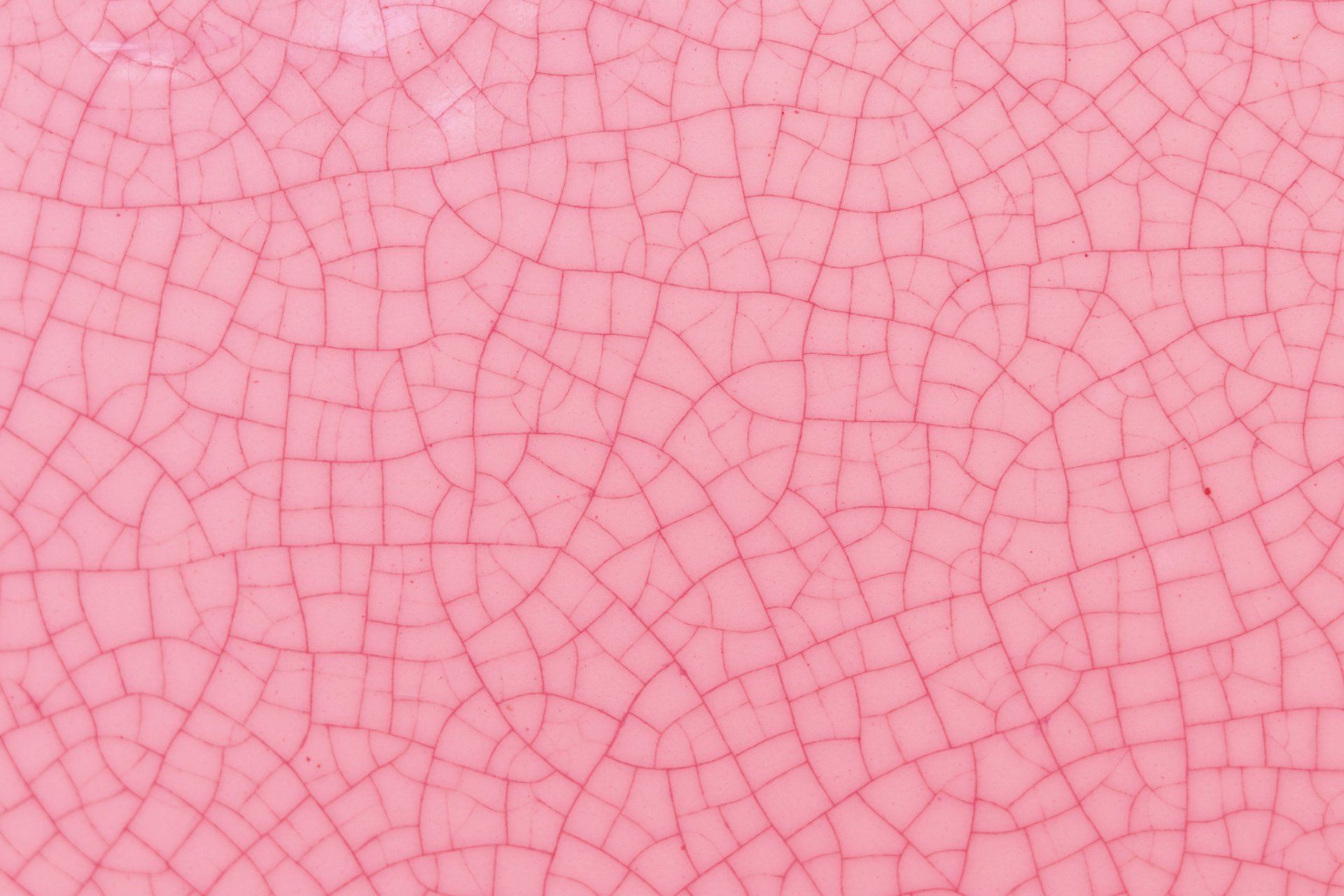
Glazing
Glaze is the shiny coating normally applied to one side of the tile. Glaze can be matte finished and high-gloss. To give the tile its color, pigments are mixed into the glaze.
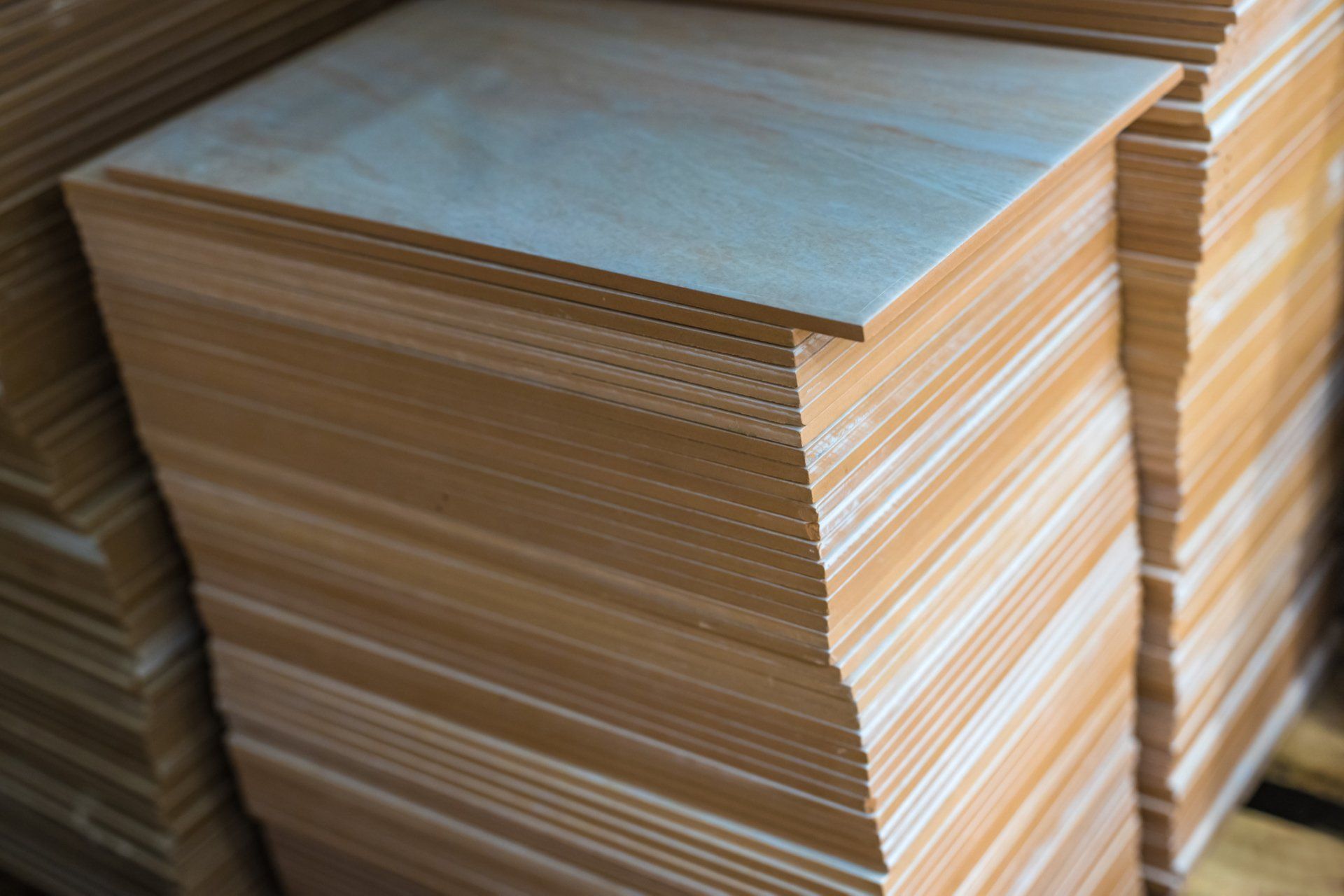
Baking
All tile has to be baked. Before a tile goes in the kiln, it goes by another name: “green tile.” After being glazed, the tiles are fired in a kiln. The maximum temperature in the kiln can get as high as 2,500 degrees Fahrenheit. The higher the temperature, the stronger the time.
Tiles then go through a cooling period where they are still changing colors. This baking process has gone from hours to less than one hour over time, which allows the tile to be made at a reasonable price.
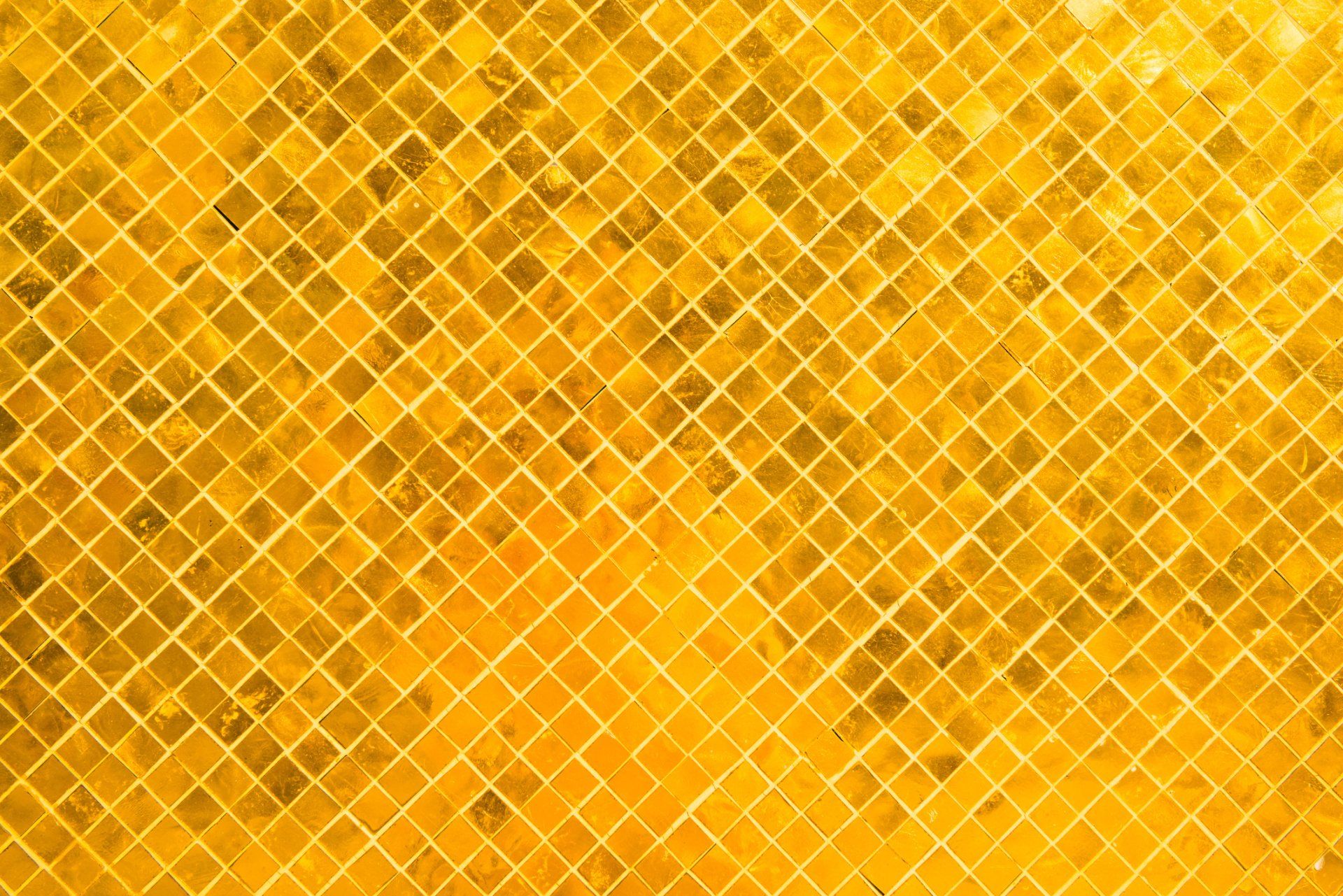
Colors & Patterns
Firing a tile just once makes it much stronger, but if the goal is a tile with many colors or elaborate patterns, then that tile will be baked multiple times. Before each firing, a different colored glaze is applied to the tile and the process is repeated until the chosen design is complete.
ABOUT TILE & GROUT
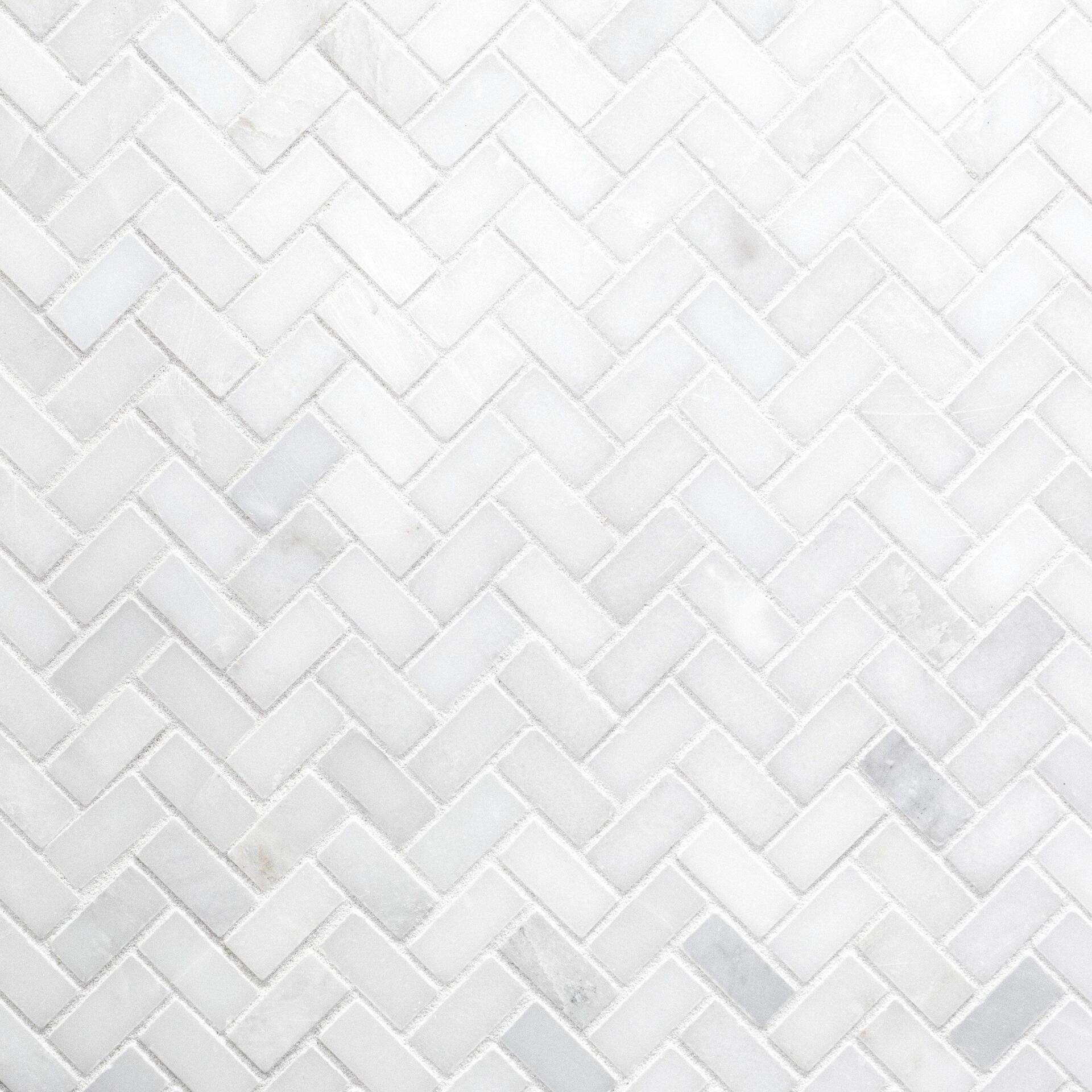
What should I consider when I choose a tile color?
Many tiles are designed to resemble natural stone and are intentionally designed to show variations in color and texture. Since the composition of a tile’s glaze can vary, different styles also will have different gloss levels. Solid color tiles create a consistent look, but shade variation is inherent and certain tiles will show greater variation. Color consistency or shade variation is typically listed on the back label of each ceramic tile sample with a low, moderate, high or random rating. What’s the difference?
Low – consistent shade and texture
Moderate – Average shade and texture variation
High – Extreme shade and texture variation
Random – Severe shade and texture variation

How important is tile density and how do I know what will work best in my home?
In the same way that glaze can vary, different styles of tile have different gloss levels and surface textures. For example, in areas that get wet, like a shower or bathroom floor, the tile should have low moisture absorption and good slip resistance. By moisture absorption, we mean that as the density of a tile increases, the amount of moisture it can absorb becomes less. Similarly, by tile density, we mean that as the weight or the density of the tile increases, it becomes stronger.
Non-Vitreous Tiles – absorb 7% or more moisture. They are best for indoor use.
Semi-Vitreous Tiles – absorb from 3-7% moisture. They are best used indoors only.
Vitreous Tiles – absorb less than 3% moisture. They are referred to as frost resistant tiles but can’t be used in exterior areas where freeze-thaw conditions might cause tile cracking.
Impervious Tiles – have less than .5% moisture absorption. These tiles are frost proof and can be used outside or on building facades. If you have serious winter weather, these are the tiles for you.
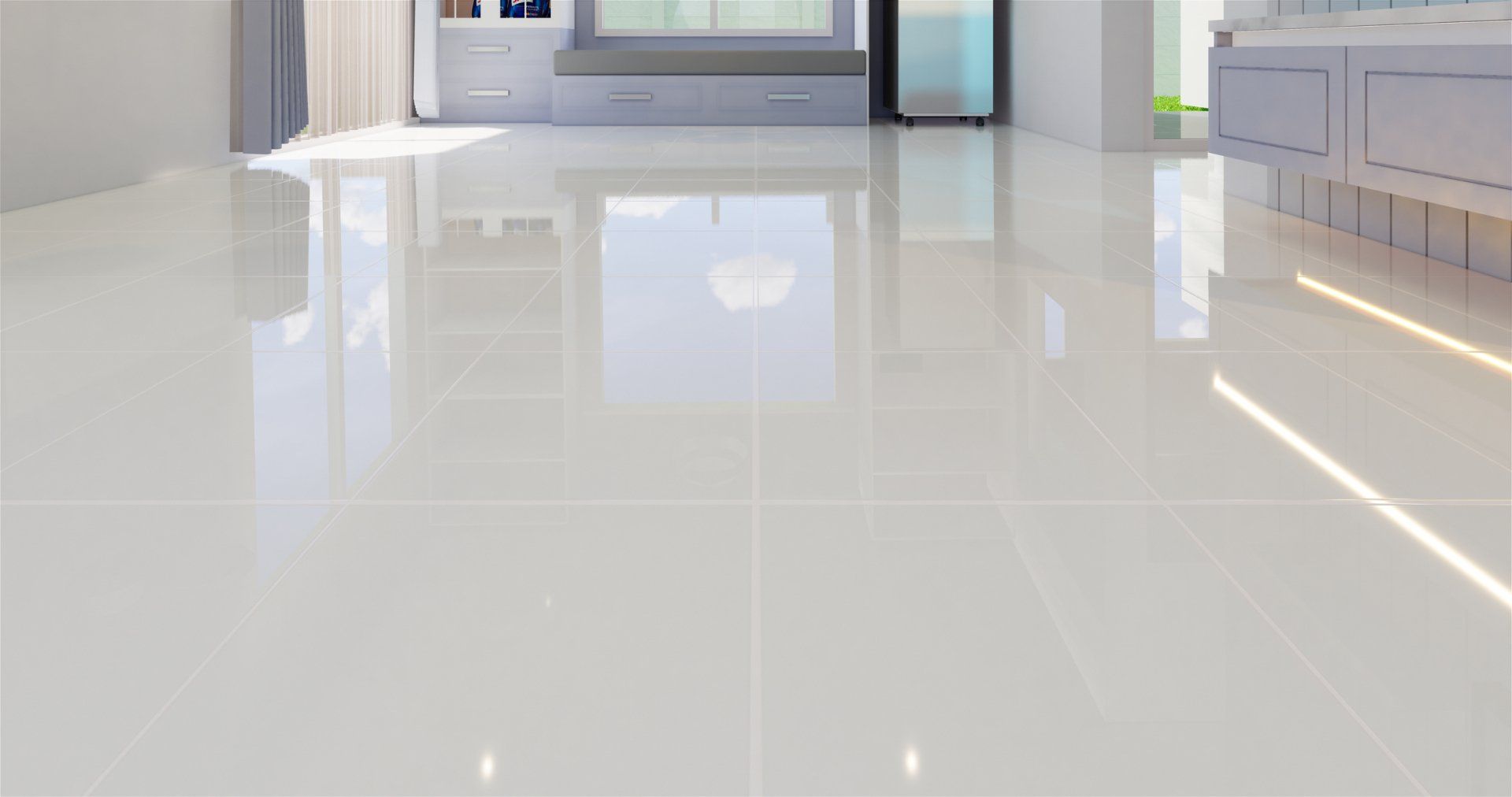
Why are tiles rated and how does the rating system work?
Most manufacturers have a rating system that is based on or supported by the American Society for Testing & Materials. Many times you can find these ratings on the tile sample or in the product catalog. The most common system rates ceramic tile abrasion, resistance and the overall durability of the tile. There are 5 classes in this rating system:
Class 1: No foot traffic – these tiles are suggested only for interior wall applications, not for flooring.
Class 2: Light traffic – these tiles are suggested for interior wall applications and residential bathroom floors only.
Class 3: Light to moderate traffic – these tiles can be used for residential floors and wall applications, including bathrooms, kitchens, foyers, dining rooms and family rooms.
Class 4: Moderate to heavy traffic – These tiles are recommended for residential, medium commercial and light industrial floor and wall applications, including shopping malls, offices, restaurant dining rooms, showrooms, and hallways.
Class 5: Heavy/extra heavy traffic – These tiles can be installed anywhere. They will work for both floor and wall applications in airports, supermarkets and subways.
The ceramic tile you choose may also carry a rating for Slip Resistance, which is measured by its Coefficient or Friction. The higher the COF, the more slip resistant the tile is. Consider selecting a high COF tile for areas that get wet, such as your shower or bathroom floor. Manufacturers may also include ratings for scratch resistance, moisture absorption, chemical resistance, and breaking strength.

What do I need to know about choosing grout?
Grout is usually mixed on site, but slight color variations can occur within different areas of the same installation. In fact, grout color can vary from the manufacturer’s sample that you saw in the store. This is due to temperature and humidity at the time of grouting. It’s also common to see grout variations when comparing the grout color in a tile floor with the same grout color on a tile countertop or wall. When choosing grout color, it’s a good idea to select a color that blends in with the overall color of the tile. Exact layouts, types of grout and grout joint widths are determined by a tile setter at the time of installation. These decisions are governed by the actual size and shape of the tile you chose and the exact dimensions of the area to be covered.
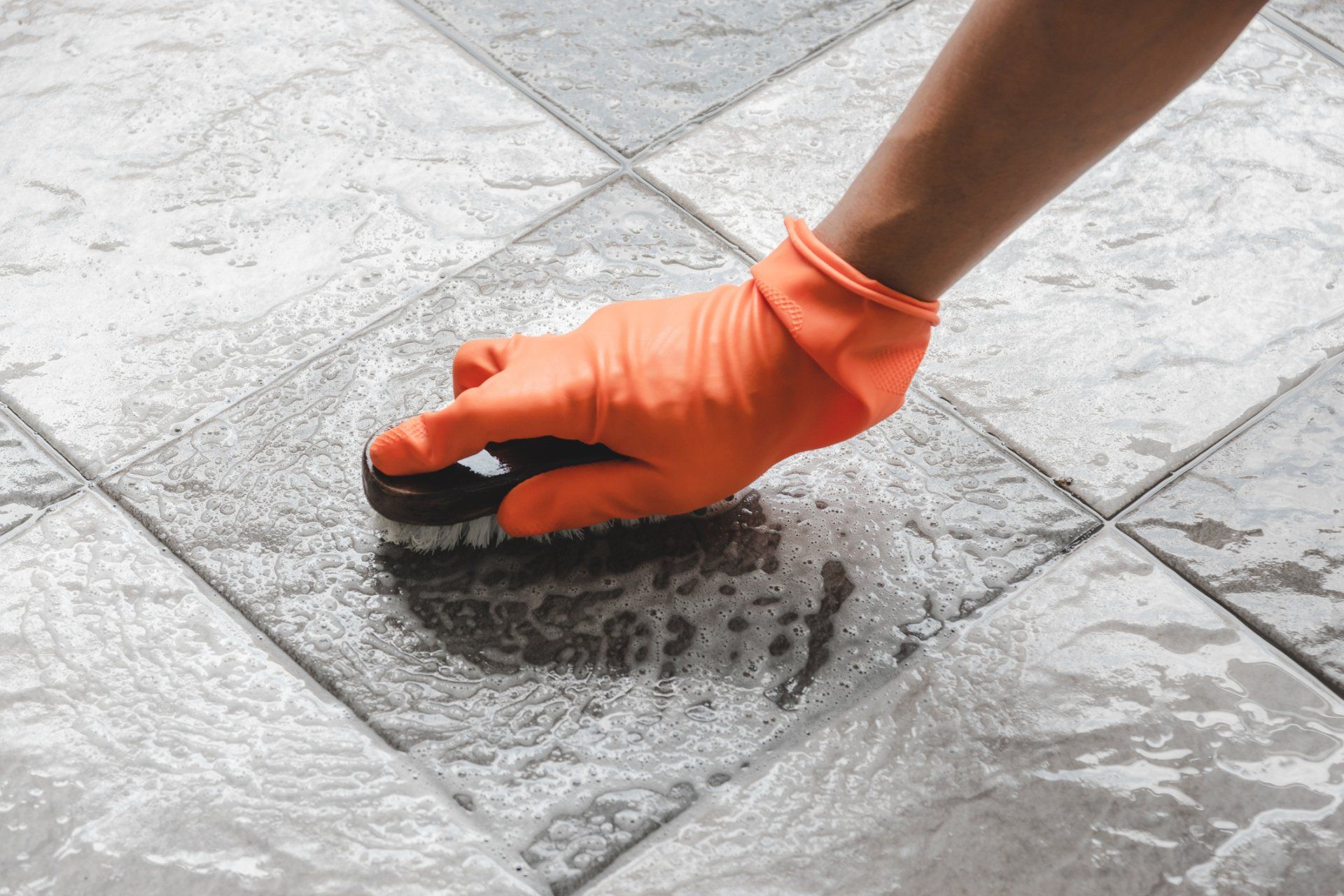
Do you recommend certain cleaning products for floors and tile?
We get this question a lot! Yes, we’ve had good luck with MarbleLife cleaning products. We swear by them and use them in our own home and showroom. You can find MarbleLife products at Tile Pro, including tile and grout cleaner, granite and quartz cleaner, marble and travertine cleaner, and cleaners and specialty products for shower care.

